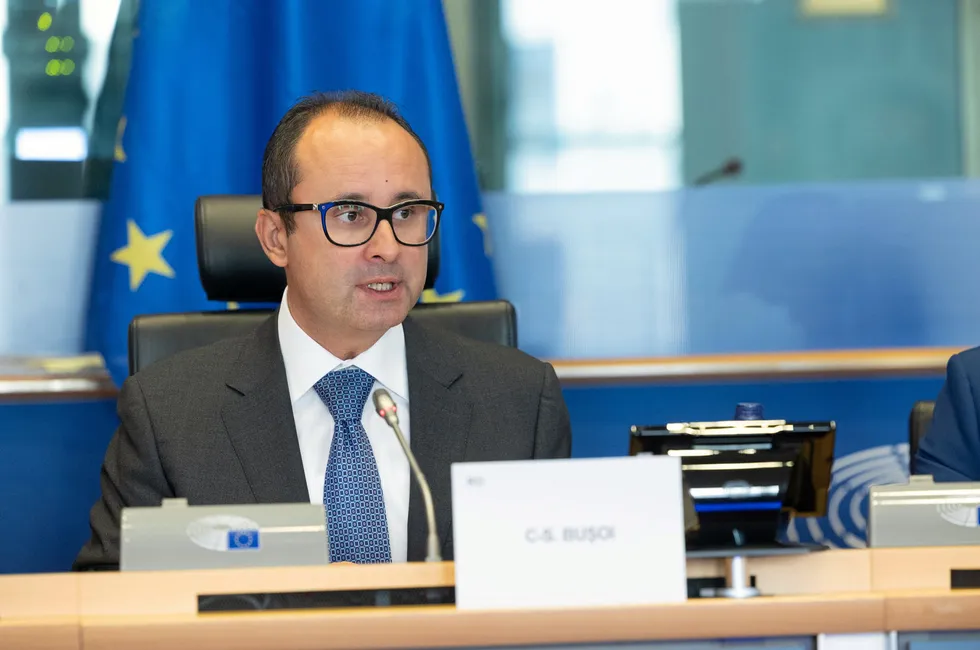EU Delegated Act defining green hydrogen is cleared by European Parliament after committee vote
The definition is crucial because it tells producers whether the H2 they manufacture can be sold and traded as 'renewable' and be eligible for subsidies

The definition is crucial because it tells producers whether the H2 they manufacture can be sold and traded as 'renewable' and be eligible for subsidies
